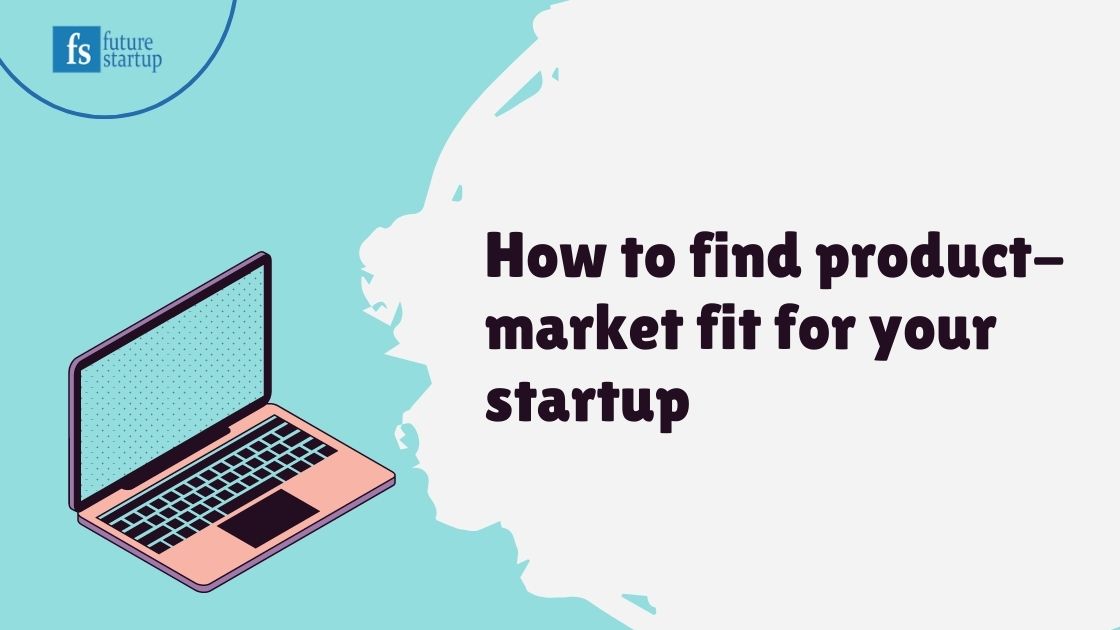
Product-Market Fit (PMF) is the stage where a product or service aligns so well with a specific target market's needs and preferences that it achieves widespread adoption and success. In essence, it signifies that a product has found its rightful place in the market and is satisfying a genuine need.
Achieving product-market fit is crucial for startups and businesses because it's often the point where growth becomes more predictable and sustainable. It's a critical milestone that indicates a transition from validating the product's viability to focusing on scaling its adoption and market presence.
Legendary entrepreneur and venture capitalist Marc Andreessen writes, "Product-market fit means being in a good market with a product that can satisfy that market." The term "product-market fit" was coined by Marc Andreessen. When a founder recognizes a need in a market and develops a solution that customers are eager to purchase, that signifies the attainment of product-market fit.
Many startups either neglect the search for product-market fit, lack the understanding of how to achieve it, or make incorrect attempts. As a result, they inevitably pay a very high price.
Based on an analysis of 111 post-mortems since 2018, CB Insights published a list of 12 reasons startups fail. According to the report, as many as 35% of startups fail as a result of "no market need" for their product.
Product-market fit is crucial because it aligns a product with the needs and desires of its target audience, ensuring that the business is on the right track for sustainable growth and success. It is of paramount importance for several reasons:
Finding product-market fit is a challenging but essential process that involves understanding your target market, refining your product, and iteratively testing and adapting. "The Lean Product Playbook" by Dan Olsen introduces product-market fit as a result of matching underserved needs with the right product. He suggests a step-by-step guide to help you find product-market fit.
01. Identify your target audience
The success of your product very much depends on the target audience. They will decide whether to buy your product or not. That's why it's absolutely crucial to determine who the target audience is.
02. Engage with early adopters
After determining who the target audience are, it's time to determine what their needs are. As there are already plenty of products on the market, it's important that you dig deep to discover their desires, dreams, and unmet needs.
03. Develop a minimum viable product (MVP)
An MVP is not meant to be a complete or polished product. Instead, it focuses on providing the basic features that can address the primary pain points of the target audience. The purpose of an MVP is to validate assumptions, learn from real user interactions, and make informed decisions about the product's future direction.
04. Refine your value proposition
The time has come to select the features your product should embody in order to capture the affection of your intended audience. It's critical at this point to concentrate solely on the functionalities that will fulfill these unaddressed requirements. They need only be things that will enable your product to stand out from the competition, and qualities to make it superior to any similar product already on the market.
05. Create your MVP prototype
Creating your MVP (Minimum Viable Product) prototype is a pivotal step in the journey of turning your innovative idea into a tangible reality. The MVP prototype serves as a dynamic blueprint, encapsulating the core essence of your product while offering a tangible glimpse into its functionality and potential.
This initial iteration isn't about perfection, but about distilling your concept into its essential components and features, allowing you to swiftly validate assumptions and gather invaluable insights.
06. Test your MVP with customers
Testing your MVP (Minimum Viable Product) with customers is an important step to gathering real-world insights, validating assumptions, and refining your product before a full-scale launch. It is a collaborative process that empowers you to create a product that genuinely resonates with your target audience. Be open to feedback, embrace the lessons learned, and be willing to pivot if necessary based on the insights gained during testing.
07. Iterate based on feedback
08. Measure user engagement and retention
09. Scale marketing and growth efforts
10. Maintain ongoing feedback loops
Conclusion
Remember that finding product-market fit is not a one-time event but an ongoing process. You will have to find product-market fit in every stage of your growth. It requires a deep understanding of your users, continuous learning, adaptation, and a willingness to pivot if necessary. Stay agile, flexible, and open to changes as you work toward aligning your product with the needs of your target market.
Marc Andreessen wrote on how to measure product-market fit “You can always feel when product/market fit isn’t happening. The customers aren’t quite getting value out of the product, word of mouth isn’t spreading, usage isn’t growing that fast, press reviews are kind of “blah”, the sales cycle takes too long, and lots of deals never close.
And you can always feel product/market fit when it’s happening. The customers are buying the product just as fast as you can make it — or usage is growing just as fast as you can add more servers. Money from customers is piling up in your company checking account. You’re hiring sales and customer support staff as fast as you can. Reporters are calling because they’ve heard about your hot new thing and they want to talk to you about it.”
